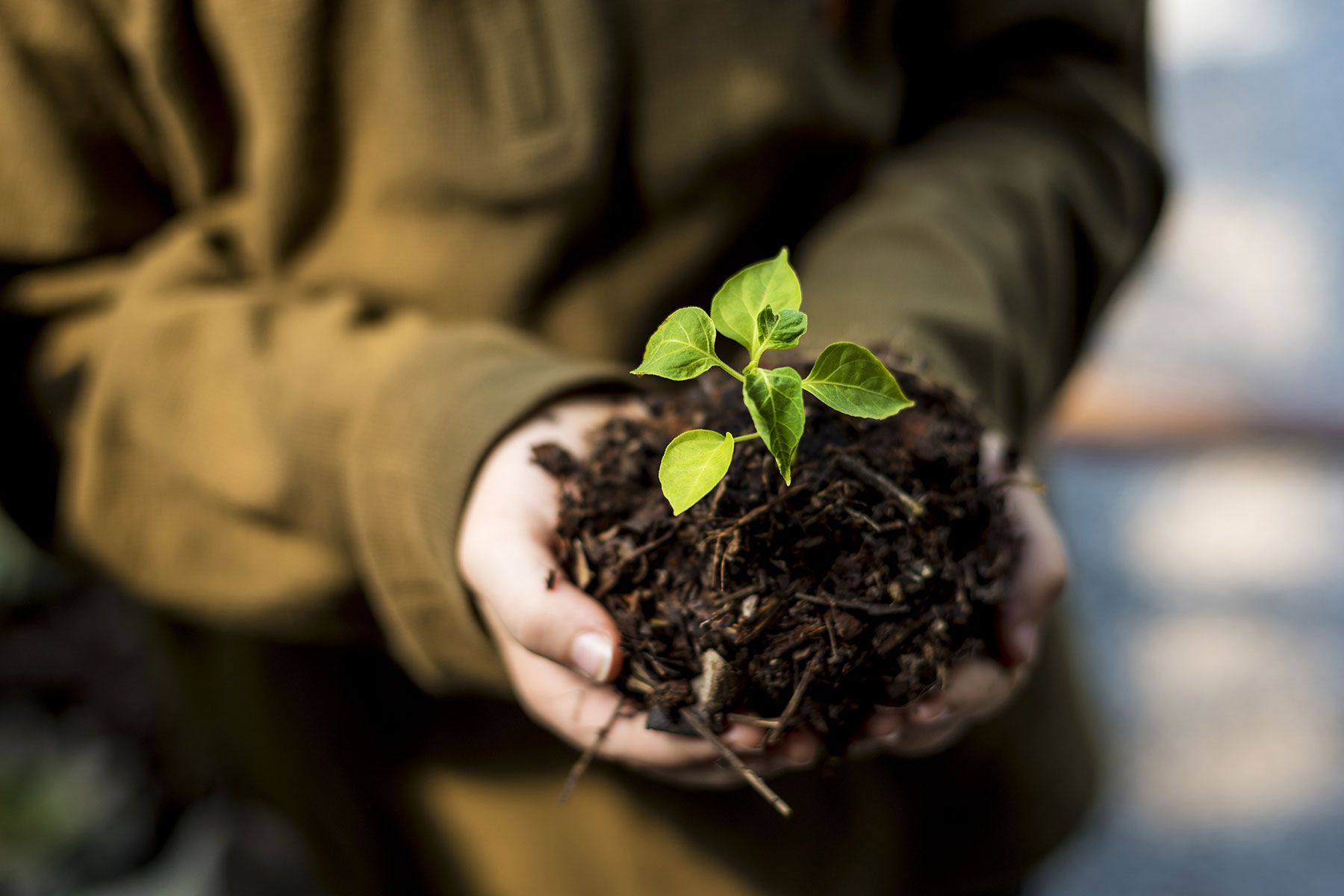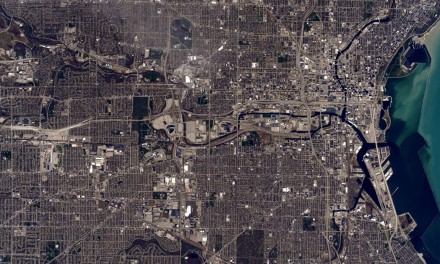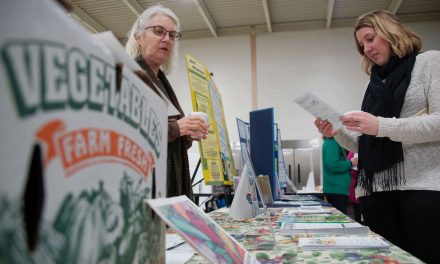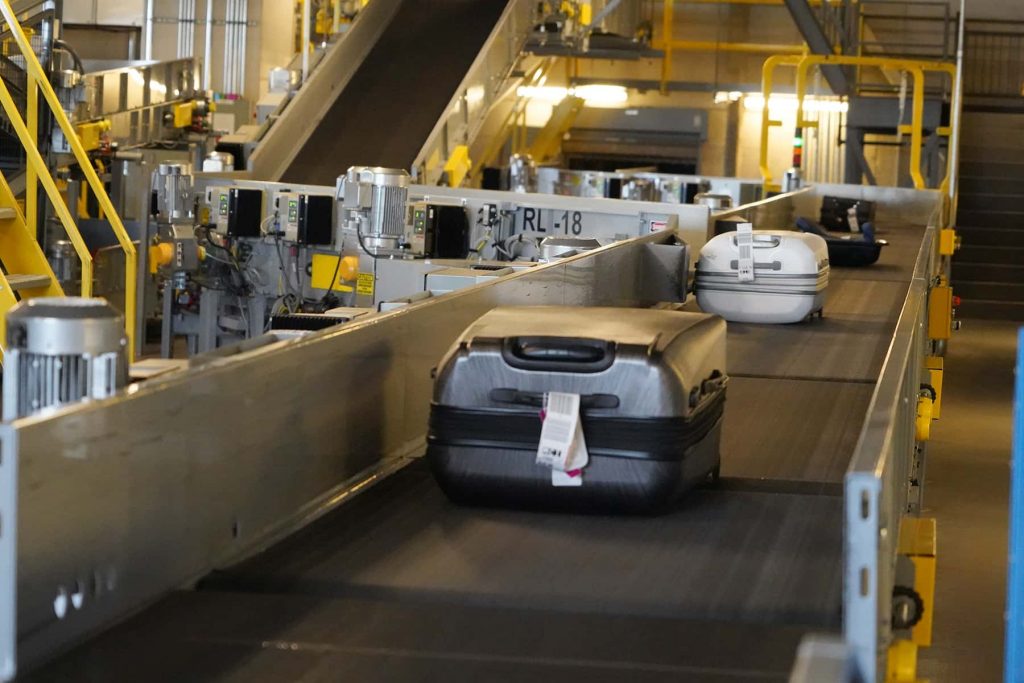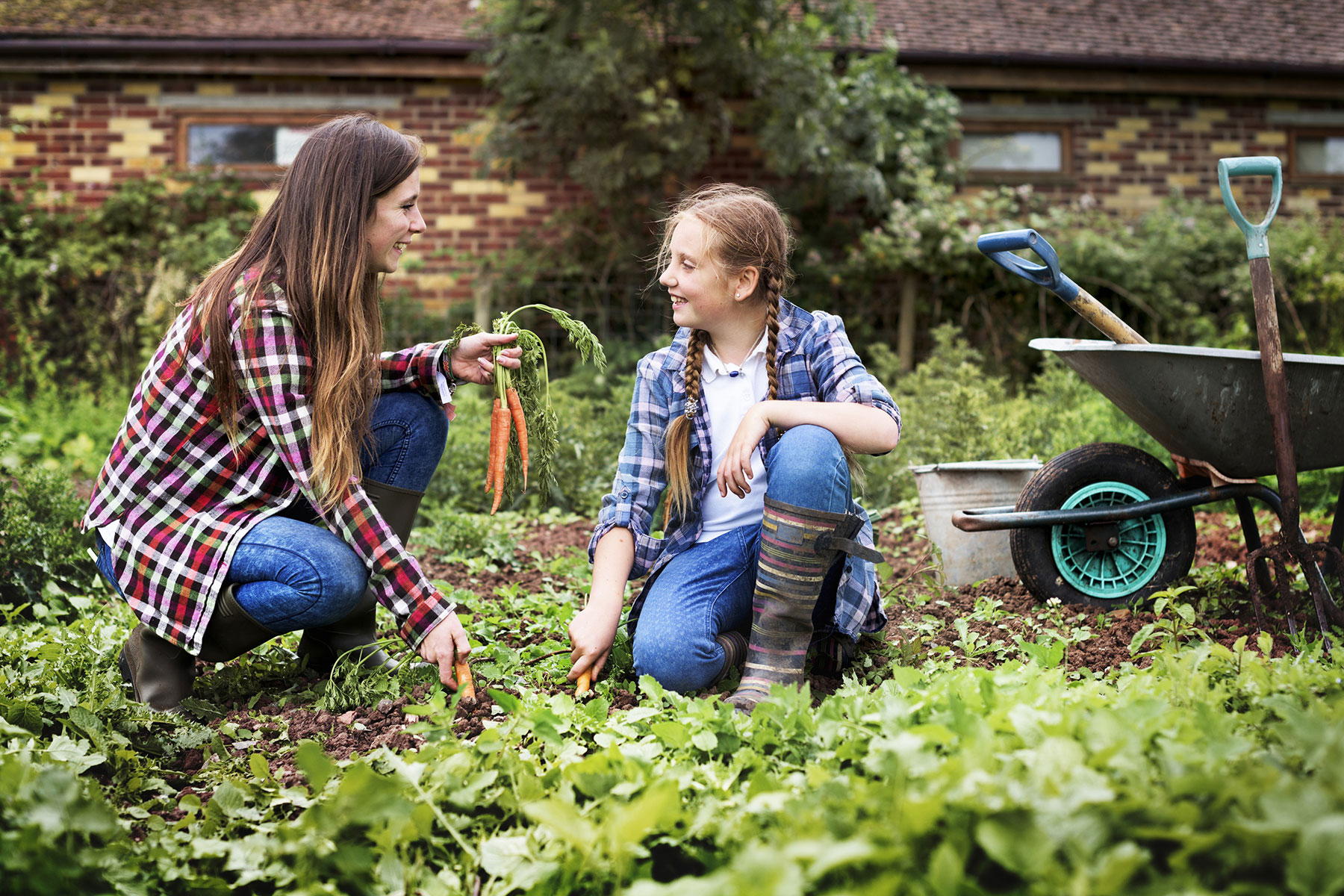
The City of Milwaukee Health Department Laboratory (MHDL) is rolling out garden soil screening services to the public. Services include a nutrient analysis and lead screening of the soil.
Backyard gardening is a popular urban practice. Soil screening helps residents make better gardening decisions through determination of nutrient levels, fertilizer recommendations, and the presence of elevated lead levels in home garden soil, which may pose a hazard for gardeners and those who eat produce grown in lead-contaminated gardens.
“We hope that providing community access to soil screening will be a valuable resource to the residents of Milwaukee and Southeastern Wisconsin, adding value to backyard gardening and going above and beyond standard practices,” said Laboratory Director Dr. Sanjib Bhattacharyya.
MHDL will provide soil screening for lead, pH, conductivity and nutrients (phosphorus, potassium and organic matter) through the Growing Health Soil for Healthy Communities grant partnership with UW-Madison Soil Science, UW-Extension, Sixteenth Street Community Health Center, Medical College of Wisconsin, and Walnut Way.
Bagged soil samples can be dropped off in person at the City of Milwaukee Health Department on the 3rd floor of the Zeidler Municipal Building, located at 841 N. Broadway.
To submit a sample, participants must follow the collection procedure and fill out the testing form found at milwaukee.gov/testing-fees. Lead screening for soil is $10, nutrient analysis is $15, or $25 for both. Along with soil screening results, MHD will provide educational materials detailing actions to take with different lead levels and recommendations to optimize nutrients for ideal gardening.
To prevent lead exposure through soil, it is important to:
- Wash fruits and vegetables thoroughly. Careful washing can remove soil contaminants before eating.
- Plant gardens in raised beds. Be sure that these gardens are away from painted buildings, if possible.
- Cover bare soil in your yard with wood chips or grass. Also cover walkways with cement or gravel.
- Keep children’s play areas away from bare soil. Children are especially vulnerable to ingesting lead-contaminated soil because of the consistent hand-to-mouth activity.
Lead is naturally found in soil at very low levels and is not considered hazardous at those levels. However, if your home was built before 1978, it most likely has lead-based paint on its exterior, which can chip or peel resulting in increased lead levels in soil. Additionally, for people living near major roadways, soil analysis can help identify yard or garden areas with elevated lead levels and ways to minimize possible lead exposure.

